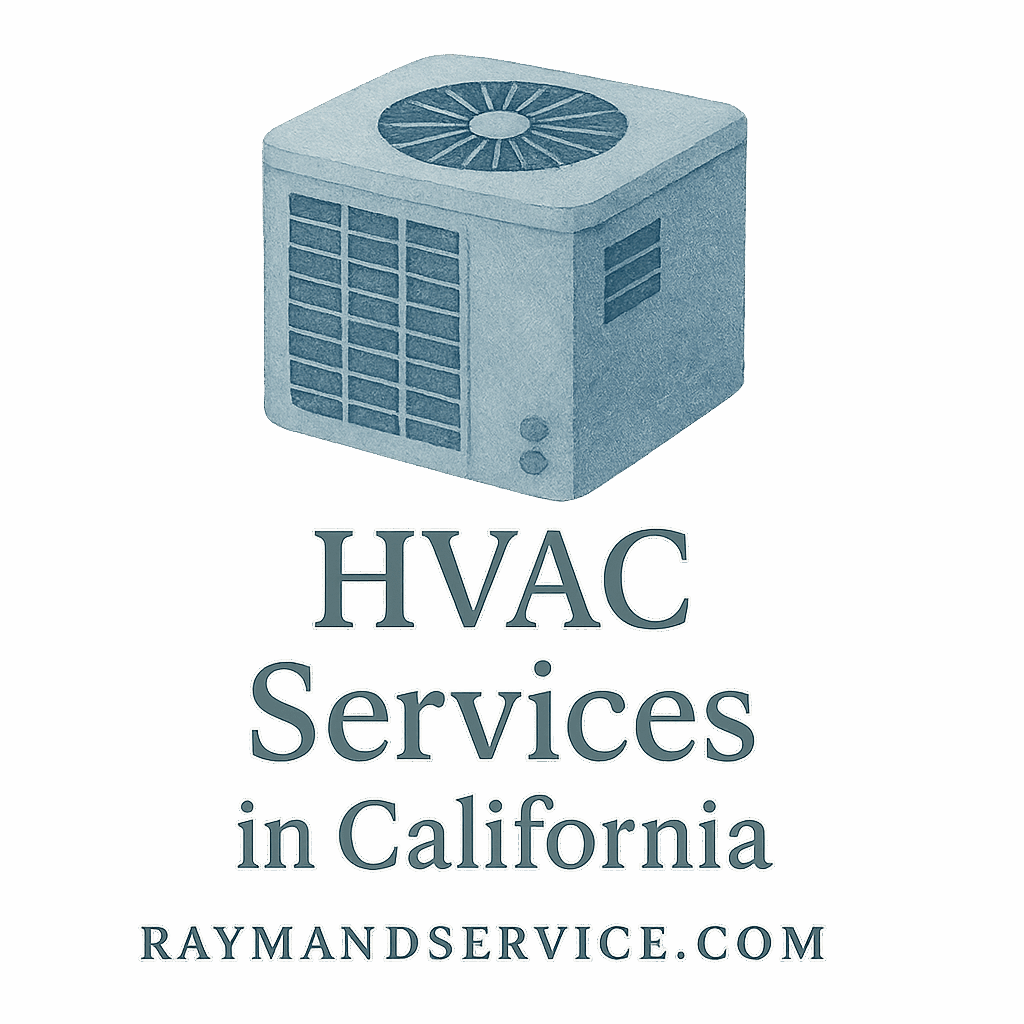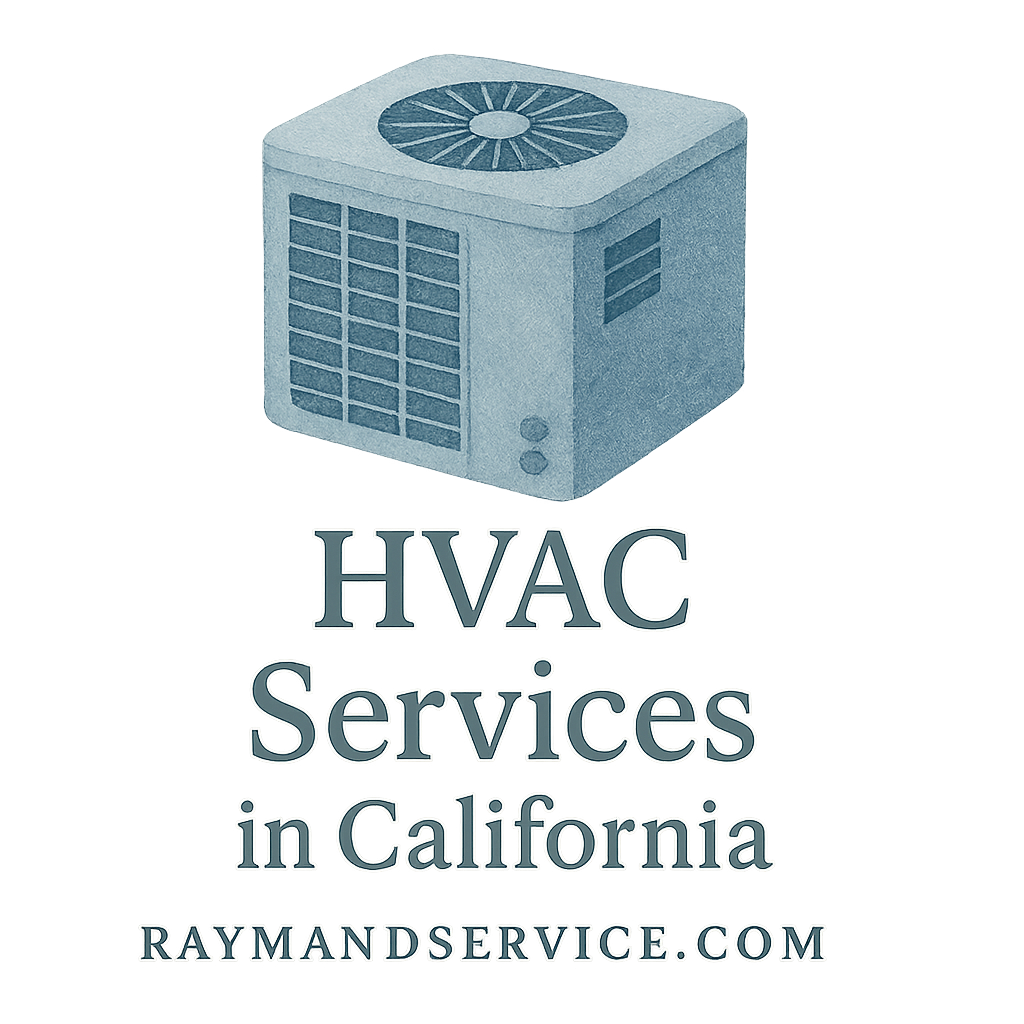Introduction
In California, the demand for energy-efficient homes is on the rise, and the state is encouraging homeowners and businesses to upgrade their HVAC systems by offering rebates. Whether you’re a residential homeowner or a business owner, these incentives can save you a significant amount of money. But to qualify for these rebates, it’s essential to know which services can help you meet the criteria. This article breaks down six key HVAC services that help you qualify for rebates in California, while also enhancing your home’s comfort and reducing energy consumption.
Understanding HVAC Rebates
Before diving into the services, it’s important to understand what HVAC rebates are and why they matter. In simple terms, HVAC rebates are financial incentives offered by utility companies, state programs, or manufacturers for installing or maintaining energy-efficient systems. Rebates are typically designed to reduce the upfront cost of purchasing and installing energy-efficient HVAC systems, making it more affordable for California residents and businesses to go green.
Why California Offers HVAC Rebates
California is known for its focus on sustainability and environmental protection, and offering HVAC rebates is part of the state’s broader efforts to reduce energy consumption and combat climate change. By encouraging the installation of energy-efficient HVAC systems, California aims to lower overall energy demand, improve air quality, and reduce greenhouse gas emissions. As part of these initiatives, the state works with utility companies to offer financial incentives for energy-efficient upgrades.
1. Energy-Efficient HVAC System Installation
Upgrading to a new, energy-efficient HVAC system is one of the most common ways to qualify for rebates in California. With modern HVAC units, you can significantly reduce your energy consumption while ensuring a comfortable indoor environment. Whether you’re installing a high-efficiency air conditioner, furnace, or heat pump, these systems are designed to consume less power and provide better cooling and heating performance.
Benefits of Energy-Efficient HVAC Systems
- Reduced Energy Bills: Energy-efficient systems are designed to operate using less power, which translates to lower utility bills each month.
- Lower Carbon Footprint: By using less energy, these systems help reduce your home’s carbon emissions, contributing to a cleaner environment.
- Improved Comfort: High-efficiency HVAC systems maintain a consistent indoor temperature, enhancing your home’s overall comfort.
How to Qualify for Installation Rebates
To qualify for installation rebates, you will typically need to:
- Choose a certified energy-efficient HVAC system (often identified by ENERGY STAR certification).
- Have the system professionally installed by a licensed technician.
- Submit proof of purchase and installation to the appropriate rebate program.
You can learn more about energy-efficient HVAC systems and available rebates on Raymand Service’s Energy Efficiency Upgrades page.
2. Seasonal HVAC Maintenance
HVAC systems require regular maintenance to keep them running efficiently. Seasonal HVAC maintenance includes tasks like cleaning filters, checking refrigerant levels, and ensuring that all parts of the system are in good working order. By keeping your HVAC system well-maintained, you can extend its lifespan, prevent costly breakdowns, and improve its energy efficiency.
Why Seasonal Maintenance Helps
Routine maintenance allows you to identify and fix small issues before they turn into major problems. An efficient system runs smoother and uses less energy, which can lead to lower utility costs.
Qualifying for Rebates through Maintenance
Some rebate programs offer incentives for completing seasonal maintenance. To qualify, you may need to:
- Schedule an annual or biannual maintenance check with a licensed professional.
- Ensure that your system is performing at optimal efficiency.
You can find more information about HVAC maintenance services at Raymand Service’s HVAC Maintenance & Troubleshooting page.
3. HVAC Troubleshooting Services
HVAC systems sometimes experience minor issues that can hinder performance, such as a malfunctioning thermostat, leaking ducts, or a dirty air filter. Scheduling troubleshooting services can help identify these problems and fix them before they cause further damage to your system. A professional technician will diagnose the problem and provide solutions to ensure that your HVAC system runs at its best.
How Troubleshooting Leads to Savings
Addressing minor problems early can prevent major repairs down the line, saving you money on costly repairs. Also, by improving system efficiency, troubleshooting can reduce energy consumption.
Rebates Available for HVAC Troubleshooting
Certain rebate programs may offer incentives for routine troubleshooting services. By ensuring that your system is running efficiently, you can qualify for these rebates and enjoy lower operating costs.
For more on troubleshooting, check out Raymand Service’s Troubleshooting page.

4. Ductwork Inspection and Sealing
Many HVAC systems suffer from inefficient ductwork. Leaky or poorly insulated ducts can cause cool or warm air to escape, reducing the overall efficiency of your system. A professional ductwork inspection will reveal any issues, and sealing or repairing ducts can improve your system’s airflow, leading to better energy efficiency.
Why Sealing Your Ducts Matters
- Improves Airflow: Sealing leaks allows air to circulate freely, improving system performance.
- Reduces Energy Waste: Proper duct sealing prevents energy loss, which helps you save on utility bills.
Rebates for Ductwork Improvements
Ductwork improvements, including sealing, may qualify for rebates. Many programs offer incentives for fixing inefficient ducts, so it’s worth having your ductwork inspected regularly.
5. Airflow and Ventilation Optimization
Proper airflow is essential for the efficiency of your HVAC system. Without it, your system may have to work harder, leading to higher energy consumption. Airflow optimization includes improving ventilation, cleaning air ducts, and balancing airflow across your home.
Benefits of Optimized Airflow
Optimizing your airflow can lead to better indoor air quality, more consistent temperatures, and lower energy costs. A well-ventilated home also ensures that your HVAC system doesn’t have to work overtime to maintain comfort levels.
How to Qualify for Airflow Rebates
If your technician optimizes airflow during maintenance or installation, you may be eligible for rebates that reward energy-efficient airflow improvements. Ensuring your system meets optimal airflow standards is key to qualifying.
6. Eco-Friendly HVAC System Upgrades
Upgrading to an eco-friendly HVAC system not only benefits the environment but can also save you money. These systems use renewable energy sources, such as solar power, or incorporate advanced technology to reduce energy use. Eco-friendly HVAC upgrades are a great way to enhance comfort and sustainability in your home.
Why Choose Eco-Friendly HVAC Systems
- Energy Savings: Eco-friendly systems are designed to consume less energy while providing the same level of comfort.
- Sustainability: These systems use renewable energy sources, reducing your home’s carbon footprint.
Qualifying for Eco-Friendly Rebates
Several rebate programs incentivize homeowners and businesses to switch to eco-friendly HVAC systems. To qualify for these rebates, you’ll need to:
- Choose an eco-friendly system, such as a solar-powered HVAC unit or a high-efficiency heat pump.
- Have the system installed by a licensed technician.
- Submit necessary documentation for the rebate.
For more on green solutions, check out Raymand Service’s Eco-Friendly HVAC Services.
Conclusion
In conclusion, qualifying for HVAC rebates in California is easier than you might think. By investing in energy-efficient systems, scheduling regular maintenance, troubleshooting minor issues, optimizing airflow, sealing ducts, and upgrading to eco-friendly solutions, you can significantly reduce your energy bills while contributing to a sustainable future. Whether you’re upgrading your HVAC system or maintaining it, these services can help you qualify for rebates and save money.
Frequently Asked Questions
- What HVAC services qualify for rebates in California?
- How can I find HVAC rebates in California?
- Is seasonal HVAC maintenance necessary for rebates?
- Can I qualify for rebates by upgrading to an eco-friendly HVAC system?
- How do I know if my HVAC system is energy-efficient enough for rebates?
- What is the average amount of money I can save through HVAC rebates?
- Are HVAC rebates available for both residential and commercial properties?


